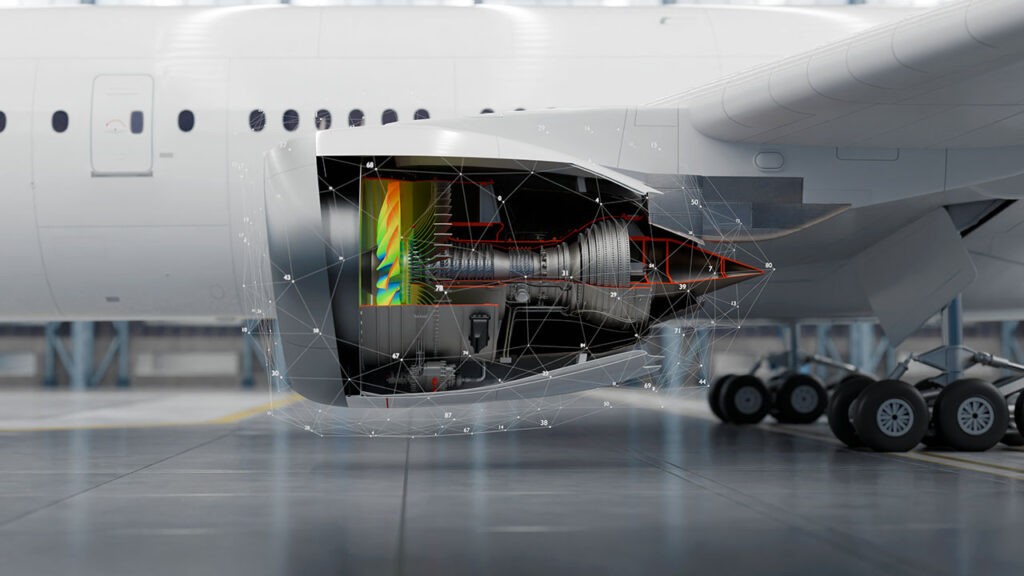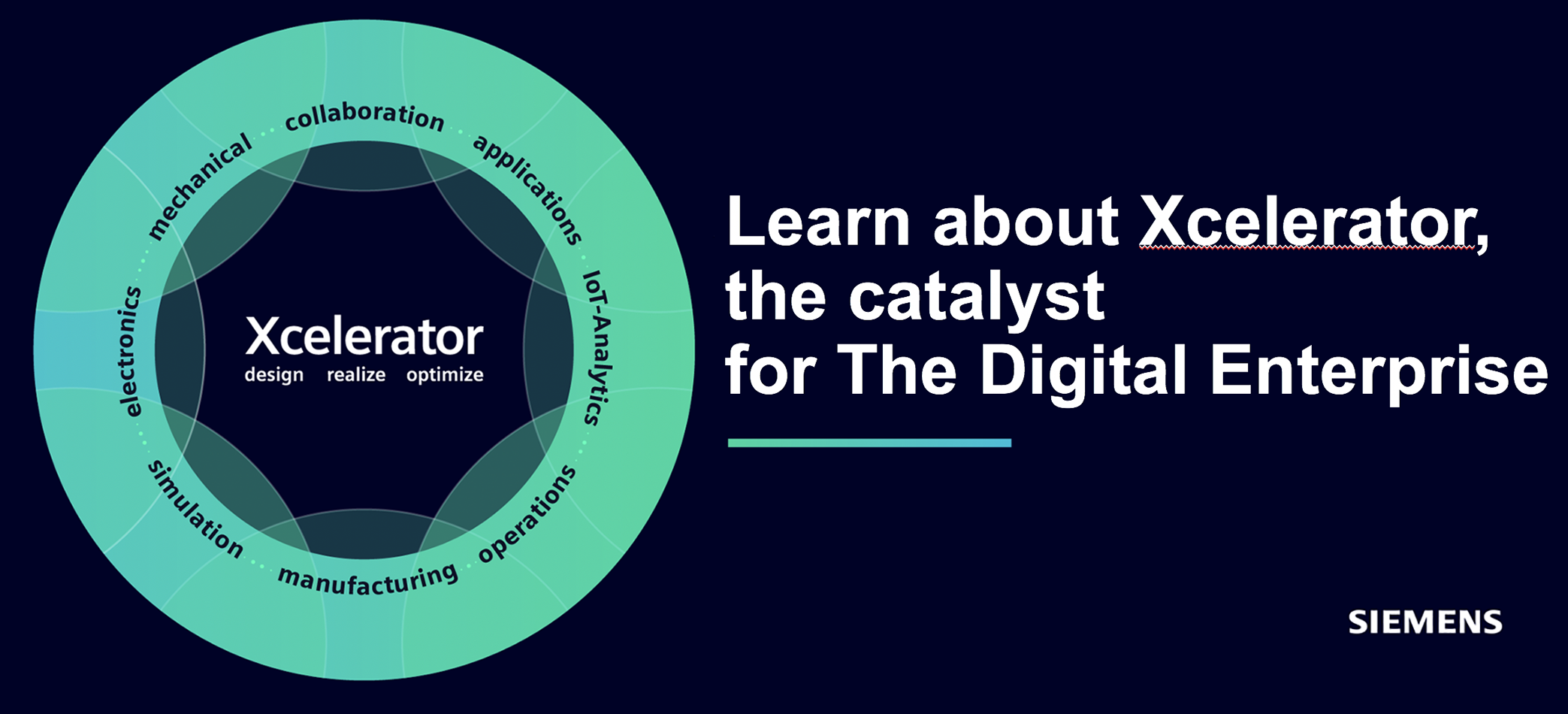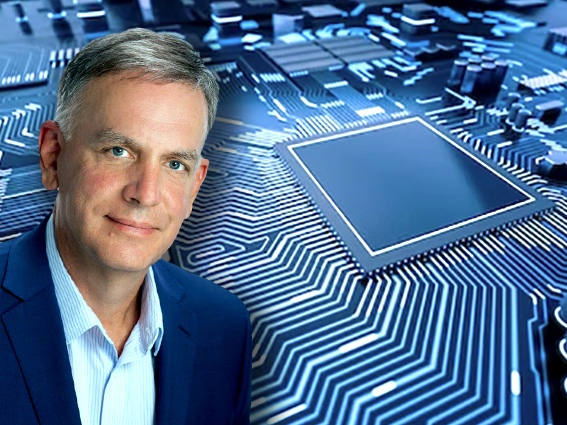In its commentary, CIMdata adds that the S&A segment has undergone consolidation over the past two decades, and it sees this acquisition as a continuation of this process.
Enablers of digital threads and twins
In addition to just increasing Siemens S&A market share, the purchase also supports the convergence of mechanical, electrical, electronics and software solutions that enable digital threads and twins during the development of smart, connected products and systems:
“This announced $10.6 billion acquisition is one of the largest acquisitions made by Siemens AG and underscores the continued need for PLM market leaders to fill key technology gaps in their portfolios. Now the challenge for Siemens is to integrate these Altair technologies into their extensive PLM portfolio to provide enhanced value creation opportunities for Siemens Digital Industries Software customers.”
Hemmelgarn and the emergence of the EDA concept as a market winner
We mentioned previous Siemens acquisitions in the article intro and some that stand out in this respect are Tony Hemmelgarn’s, his associates and Siemens’ purchase of Mentor Graphics and the Solido solutions on the electronics side. This is worth mentioning because much of the secret to developing sustainable PLM solutions is about having a developed forecast of what is to come from a technology, domain, and customer perspective. The exponentially increasing importance of the electronics field is a good example of this phenomenon. Anyone who, like Hemmelgarn et alliances, is often out and listening to what the customers and users say, has a good chance of picking up upcoming trends.
A sub-PLM area that has gained significantly increasing importance in product development and design in recent years is digital tools for electronics design. The domain is called EDA, Electronic Design Automation, and in 2022 the world’s businesses investment in EDA tools grew by 12.7%. In total, EDA accounted for a 22.5 percent share of the PLM total, with investments in these sub-PLM tools corresponding to close to $15 billion. So it has basically continued in 2023 and 2024.
That EDA continues to top the digital tool investment list is not surprising, given the increasingly heavy weighting that electricity and electronics have in most products these days. Above all then in the automotive, aerospace and defense industries. It is also the case that the explosive development in AI, artificial intelligence, underpins a growth curve in the field that continues to point sharply upwards.
Given this commercial power and the fact that the automotive, aerospace and defense industries are driving the development, it is not surprising that Siemens Digital Industries Software invested extremely heavily in the area. These industrial segments are the company’s home ground, and Siemens’ customers in these areas account for heavy parts of the German PLM giant’s revenue streams. And today they want more AI functions that speed up the development loops.
”True,” notes Tony Hemmelgarn. “AI is not a new area of investment for Siemens EDA. We acquired leading AI EDA vendor Solido in 2017, and since then AI has expanded into virtually every Siemens EDA product line. This enables new features and drastically improved performance and productivity levels. The improvements are significant and are measured in grandiose orders of magnitude. For example, the Solido tools deliver 100-1000 times improved capabilities compared to analog design verification.”
Deploying AI, ML and S&A in a holistic context is a success concept
The electrification trend is another example of the above, as well as to an even greater degree the development with software in almost all of today’s products. The next step is to implement Artificial Intelligence, AI, machine learning ML and holistically deploy this in an increasingly digitized product development context, where simulation and analysis have played an increasingly growing role for at least ten years. As digital models, as digital twins and as products whose life cycles must be tied together with digital threads, it speaks volumes that what Siemens bought, Altair Engineering, is exactly what can help the company consolidate its role as the world’s absolute leading PLM and automation supplier.

Don’t miss to read our news article on Siemens Altair purchase:
BREAKING NEWS: Siemens Aquires Simulation and Analysis Company Altair For $10.6B






